Concept cars have long served as a canvas for automakers to showcase their futuristic visions and innovative technologies. While not all concept cars make it to the assembly line, many influence the design and features of future production models. Here’s a look at ten famous concept cars that left a lasting impact on automotive design.
Ford GT90
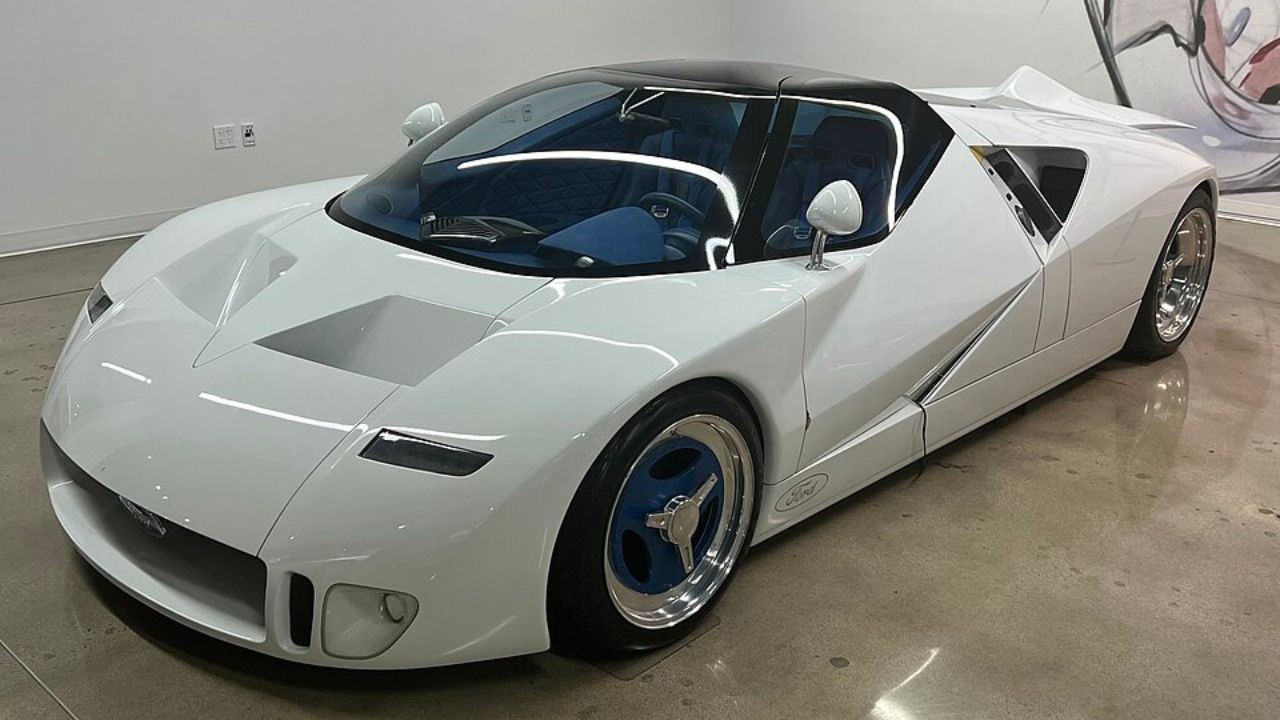
The Ford GT90, unveiled in 1995, was a bold statement of innovation and performance. Its striking design, characterized by sharp angles and a futuristic aesthetic, was a nod to Ford’s racing heritage. Although the GT90 never made it to production, its influence can be seen in the Ford GT models that followed, particularly in their aerodynamic shapes and performance-centric engineering.
This concept car featured a quad-turbocharged V12 engine, which, while too ambitious for production at the time, demonstrated Ford’s commitment to pushing the limits of automotive technology. The GT90 set a benchmark for Ford’s future supercars, blending advanced technology with design innovation.
BMW Vision EfficientDynamics
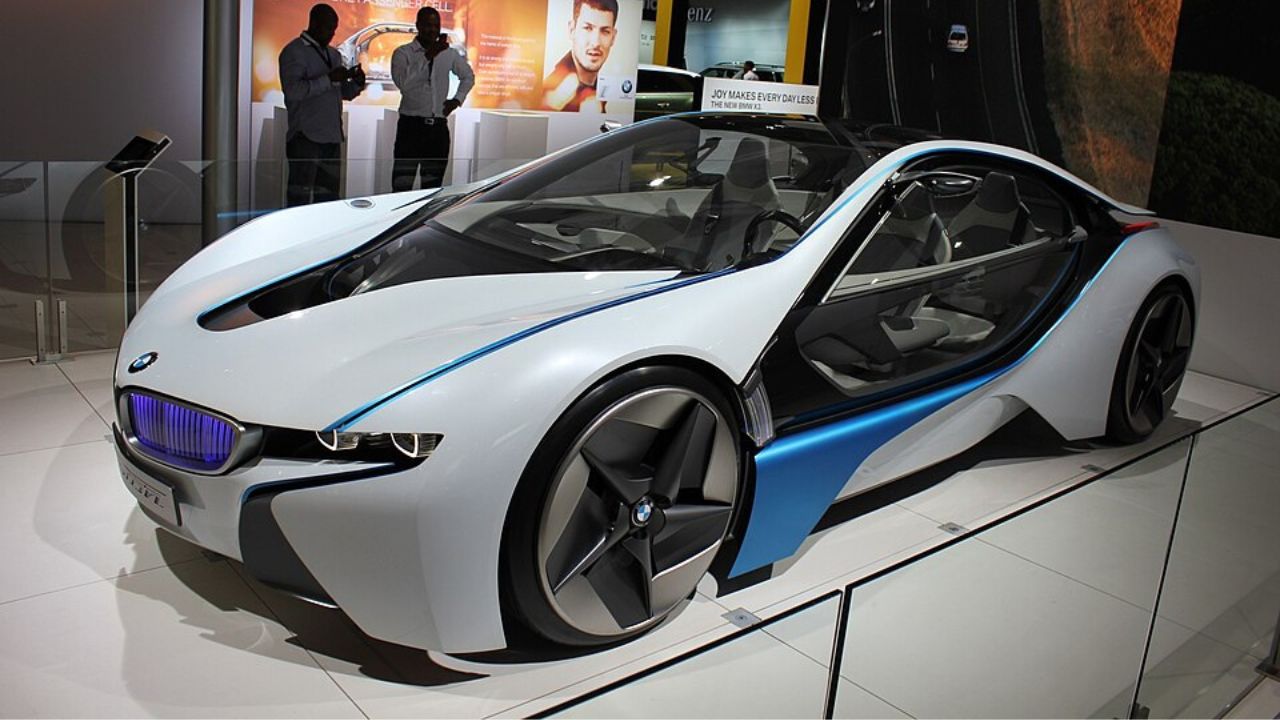
Debuting in 2009, the BMW Vision EfficientDynamics was a glimpse into the future of hybrid technology. Its sleek, aerodynamic design and lightweight construction were pivotal in the development of the BMW i8, a plug-in hybrid sports car that hit the market in 2014. The concept’s emphasis on efficiency and performance foreshadowed the growing trend of eco-friendly yet high-performance vehicles.
The Vision EfficientDynamics incorporated advanced aerodynamics and innovative materials, which helped shape BMW’s future design language. The vehicle’s impressive combination of sustainability and sportiness continues to influence BMW’s approach to hybrid and electric cars today.
Mercedes-Benz F 015 Luxury in Motion
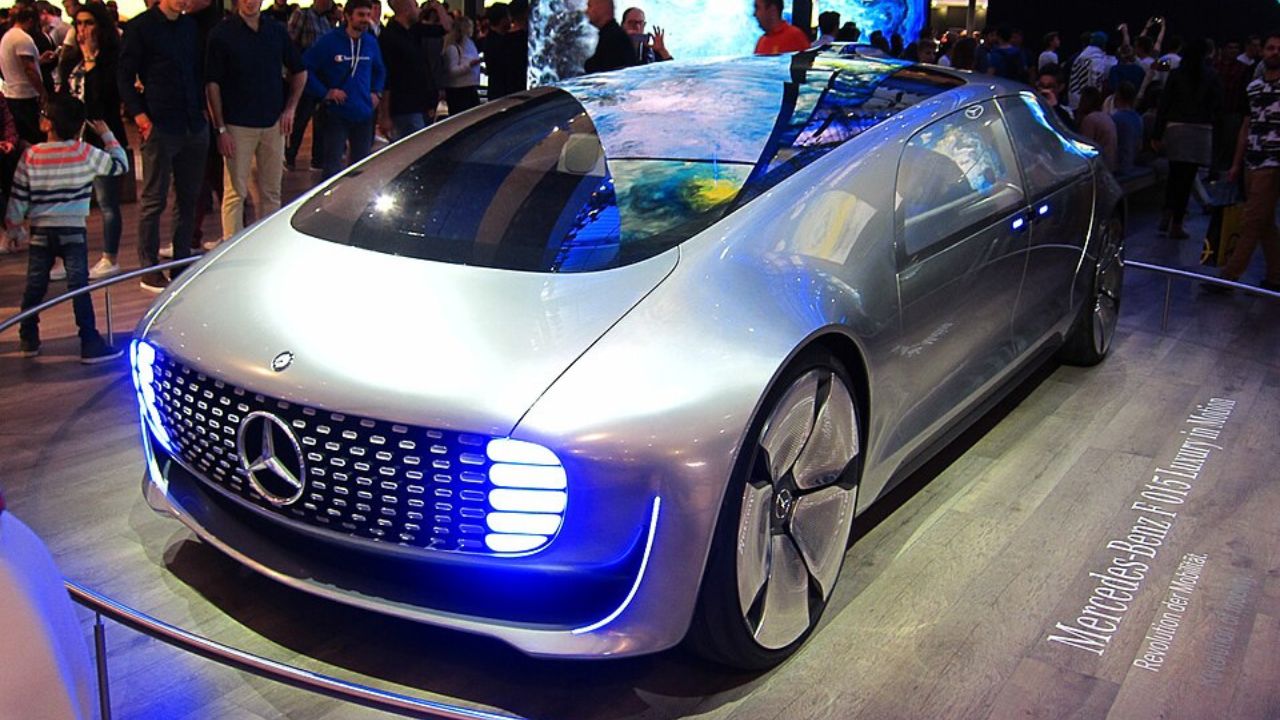
The Mercedes-Benz F 015, introduced in 2015, was a revolutionary concept that explored the possibilities of autonomous driving. Its spacious interior, designed as a mobile living space, highlighted the potential for self-driving cars to transform the way we travel. The F 015’s influence is evident in Mercedes-Benz’s ongoing development of autonomous technologies and its commitment to creating a more connected, luxurious driving experience.
With its futuristic design and focus on passenger comfort, the F 015 inspired Mercedes-Benz to rethink the traditional car interior. The concept car’s vision of a seamless blend of technology and luxury continues to shape the brand’s direction in autonomous vehicle development.
Audi Quattro Spyder

The Audi Quattro Spyder, unveiled in 1991, marked a turning point for Audi’s design philosophy. Its mid-engine layout and aluminum space frame construction were groundbreaking at the time and paved the way for future Audi sports cars such as the Audi R8. The Quattro Spyder’s influence on Audi’s design and engineering principles can still be seen in the brand’s focus on lightweight construction and performance.
Though the Quattro Spyder never entered production, its innovative features and design elements have been echoed in Audi’s subsequent models. The concept car’s impact on Audi’s evolution is a testament to its forward-thinking approach.
Nissan IDx Freeflow
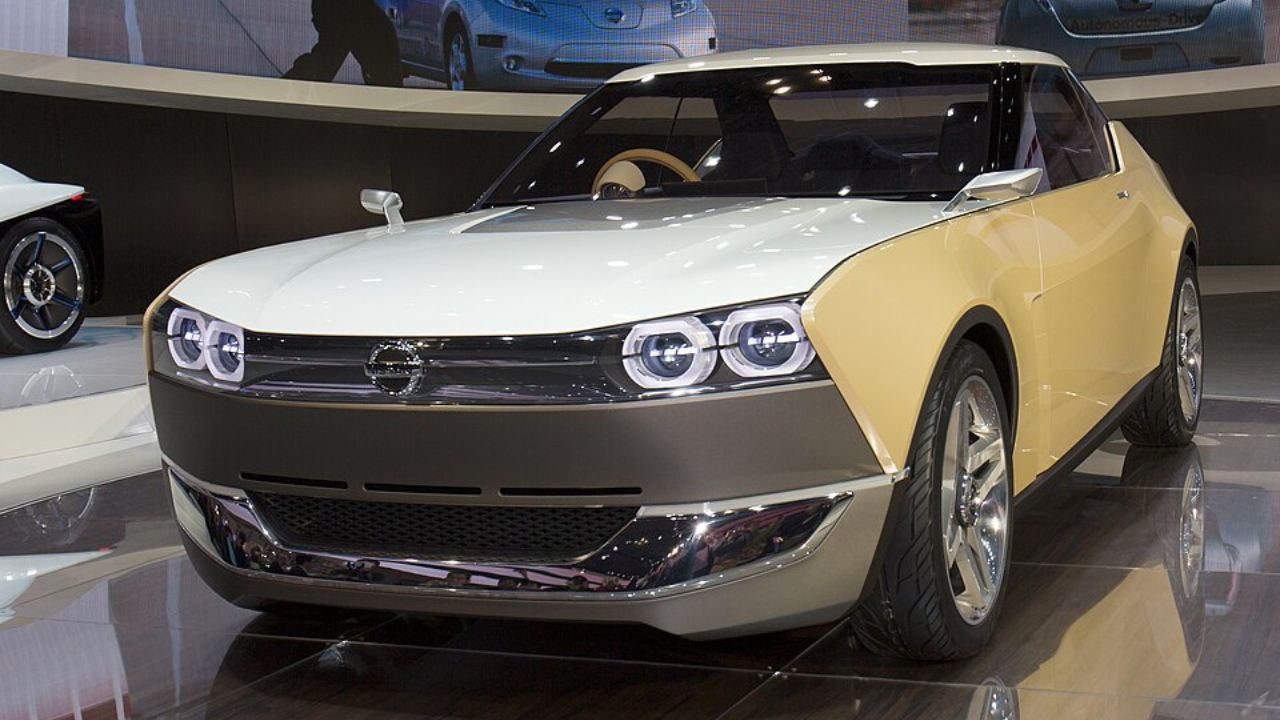
The Nissan IDx Freeflow, first shown in 2013, was a modern reinterpretation of classic Nissan design elements. Its retro-inspired look, combined with a focus on customization, resonated with car enthusiasts and influenced the design of the Nissan 370Z and other models. The IDx Freeflow’s emphasis on individuality and heritage highlighted a growing trend towards personalization in the automotive industry.
While it never reached production, the IDx Freeflow showcased Nissan’s ability to blend nostalgia with innovation. The concept’s influence on Nissan’s design language and approach to personalization continues to be felt across the brand’s lineup.
Chevrolet Volt Concept
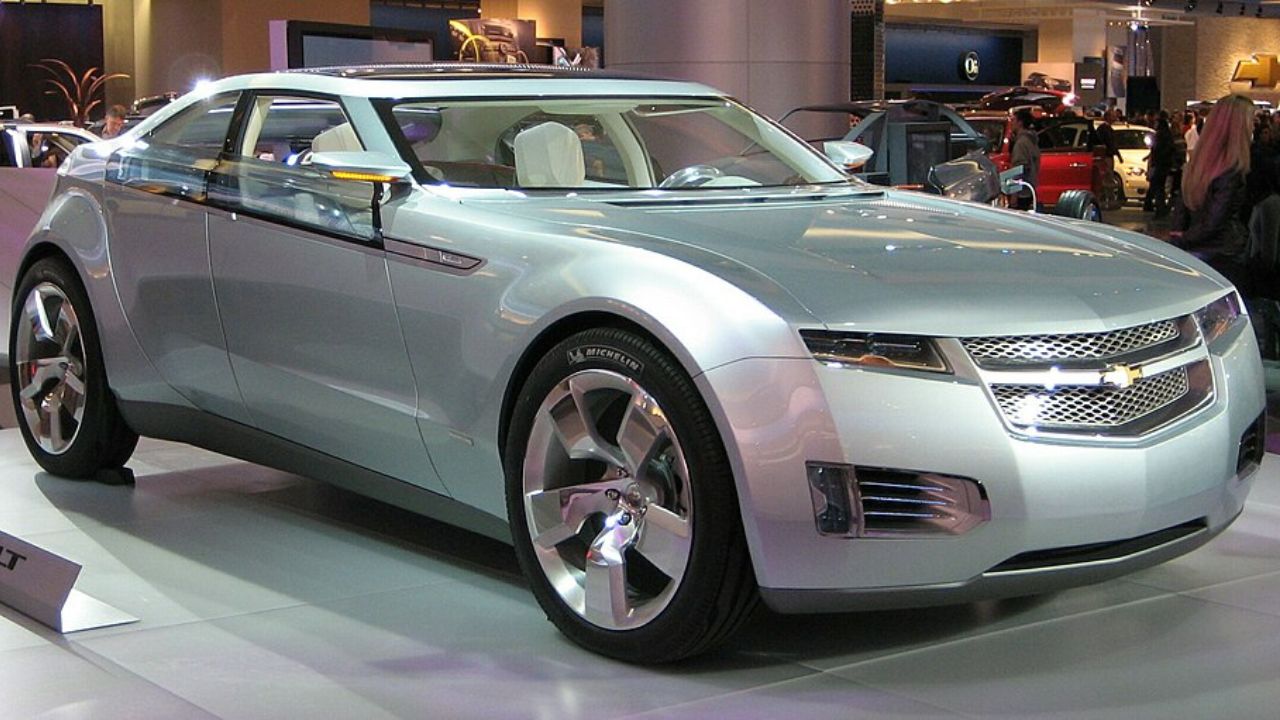
The Chevrolet Volt Concept, unveiled in 2007, was a pioneering vehicle in the realm of electric cars. Its bold design and innovative Voltec powertrain laid the groundwork for the production Chevrolet Volt, which became one of the first mass-produced plug-in hybrid electric vehicles. The concept’s impact on electric vehicle development has been profound, setting the stage for GM’s future in sustainable transportation.
The Volt Concept demonstrated GM’s commitment to electrification and its potential to revolutionize the automotive industry. The success of the production Volt validated the concept’s vision and spurred further innovation in electric vehicle technology.
Toyota FT-1
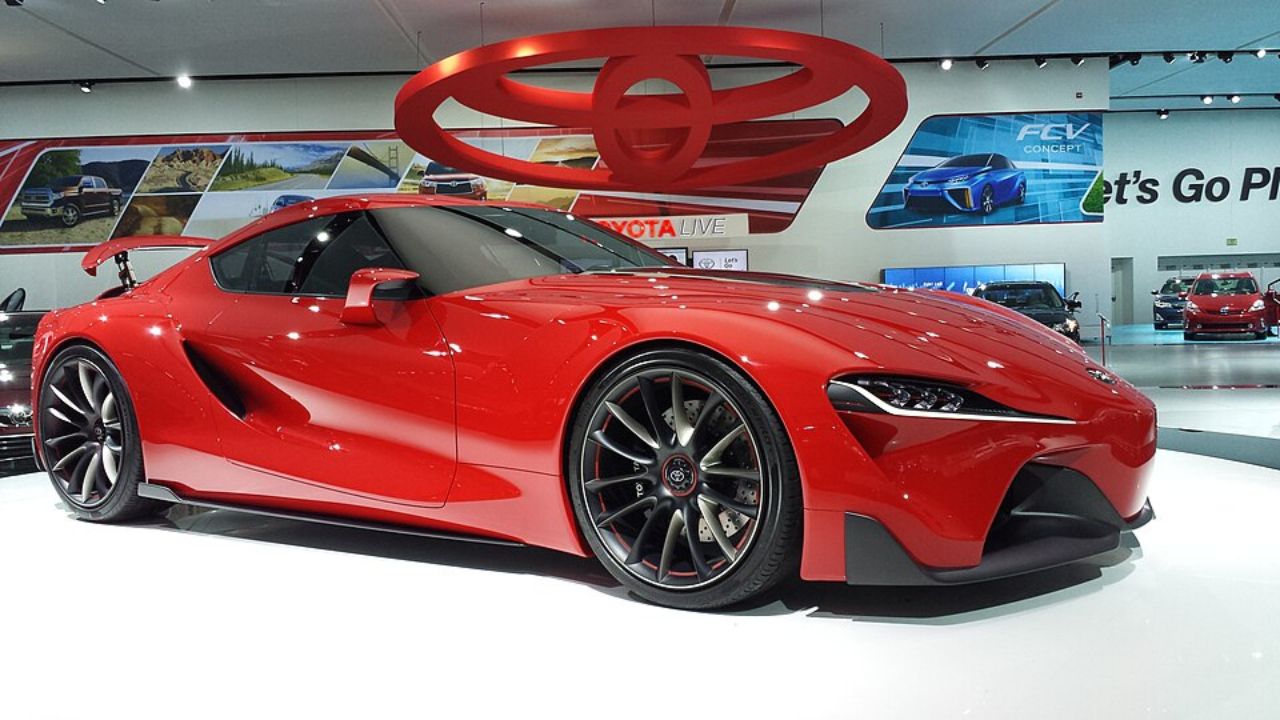
The Toyota FT-1, introduced in 2014, was a concept car that reignited excitement for Toyota’s sports car lineup. Its aggressive styling and performance-focused design were instrumental in shaping the direction of the Toyota Supra, reintroduced in 2019. The FT-1’s influence on the Supra’s development is evident in its dynamic design and commitment to delivering an exhilarating driving experience.
The FT-1 concept served as a catalyst for Toyota’s renewed focus on performance vehicles. Its design elements and engineering principles continue to inspire Toyota’s approach to sports car development.
Lexus LF-LC
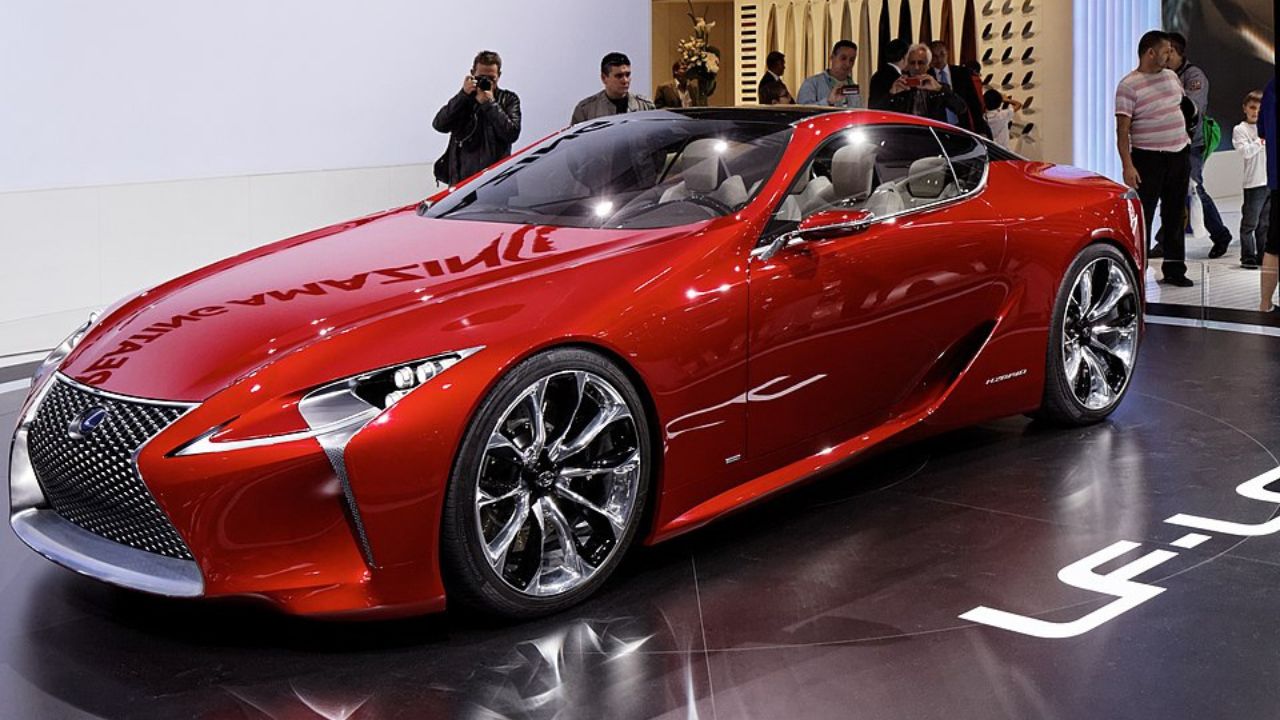
The Lexus LF-LC, first revealed in 2012, was a concept that showcased Lexus’s vision for a luxury sports coupe. Its sleek, elegant design and advanced technologies influenced the creation of the Lexus LC 500, a production model known for its stunning aesthetics and performance. The LF-LC’s impact on Lexus’s design philosophy is evident in the brand’s commitment to combining luxury with cutting-edge innovation.
The LF-LC concept emphasized Lexus’s dedication to craftsmanship and attention to detail. Its influence on the LC 500 and other models highlights the importance of design in creating a distinctive brand identity.
Honda NSX Concept
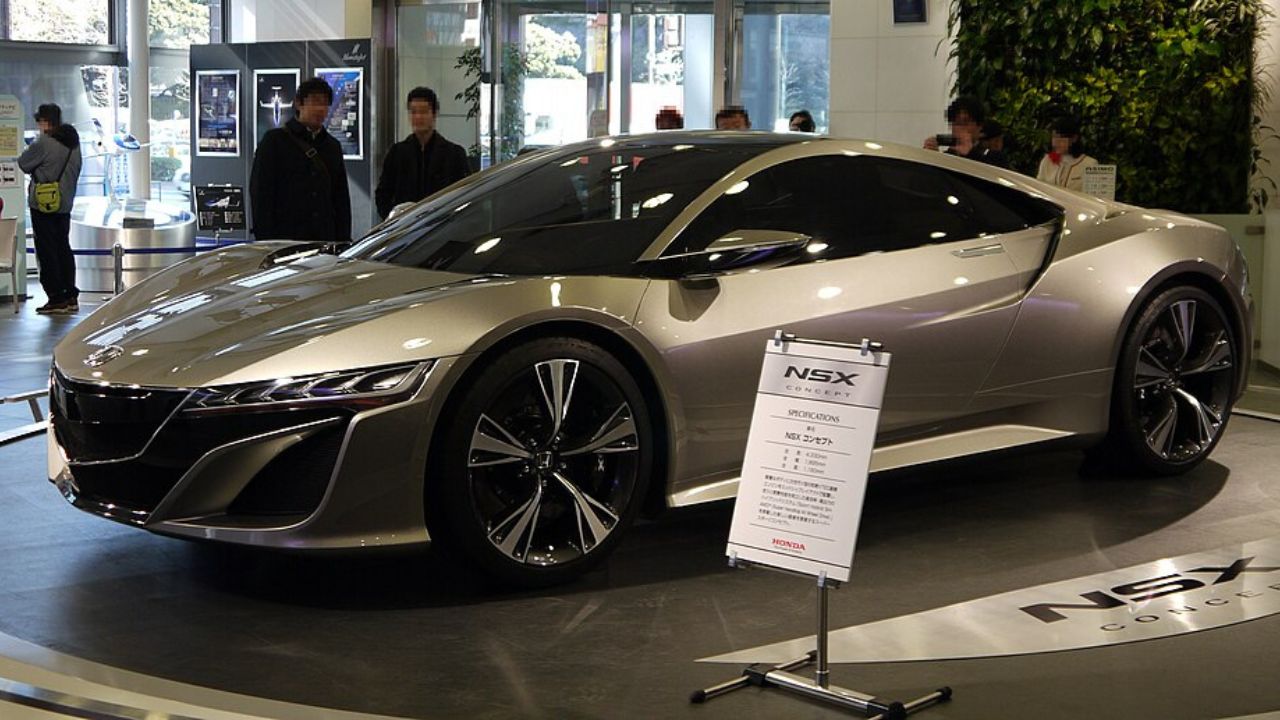
The Honda NSX Concept, unveiled in 2012, was a modern reinterpretation of the iconic NSX sports car. Its hybrid powertrain and advanced aerodynamics were central to the development of the second-generation NSX, which debuted in 2016. The concept’s influence on the production model is evident in its focus on performance, efficiency, and cutting-edge technology.
The NSX Concept underscored Honda’s commitment to innovation and its ability to blend heritage with modernity. Its impact on the evolution of Honda’s sports car lineup continues to be significant, shaping the brand’s approach to performance vehicles.
Mazda Furai
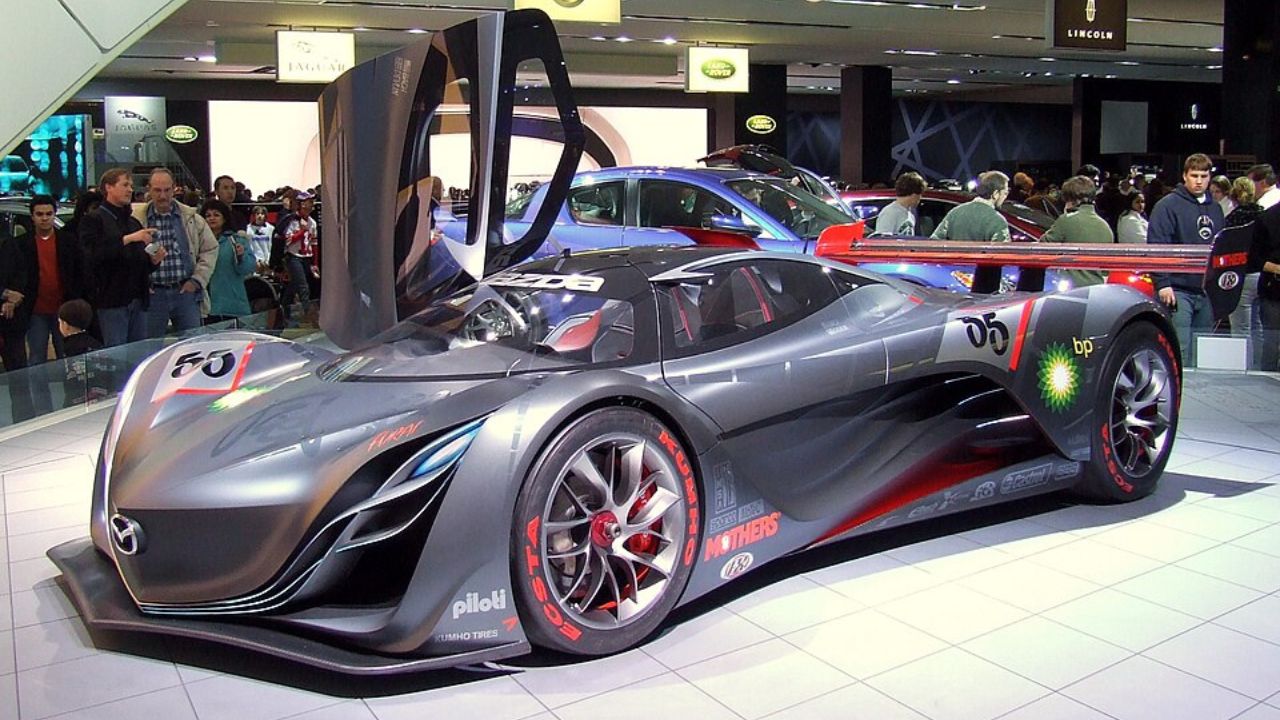
The Mazda Furai, introduced in 2008, was a concept car that captured the essence of Mazda’s “Zoom-Zoom” philosophy. Its radical design and rotary engine were a testament to Mazda’s commitment to pushing the boundaries of automotive design and engineering. Although the Furai never reached production, its influence can be seen in Mazda’s KODO design language and the brand’s dedication to delivering a thrilling driving experience.
The Furai concept demonstrated Mazda’s ability to create visually striking and performance-oriented vehicles. Its legacy lives on in the brand’s continued focus on design excellence and driving dynamics.
Like Fast Lane Only’s content? Be sure to follow us.
Here’s more from us:
*Created with AI assistance and editor review.

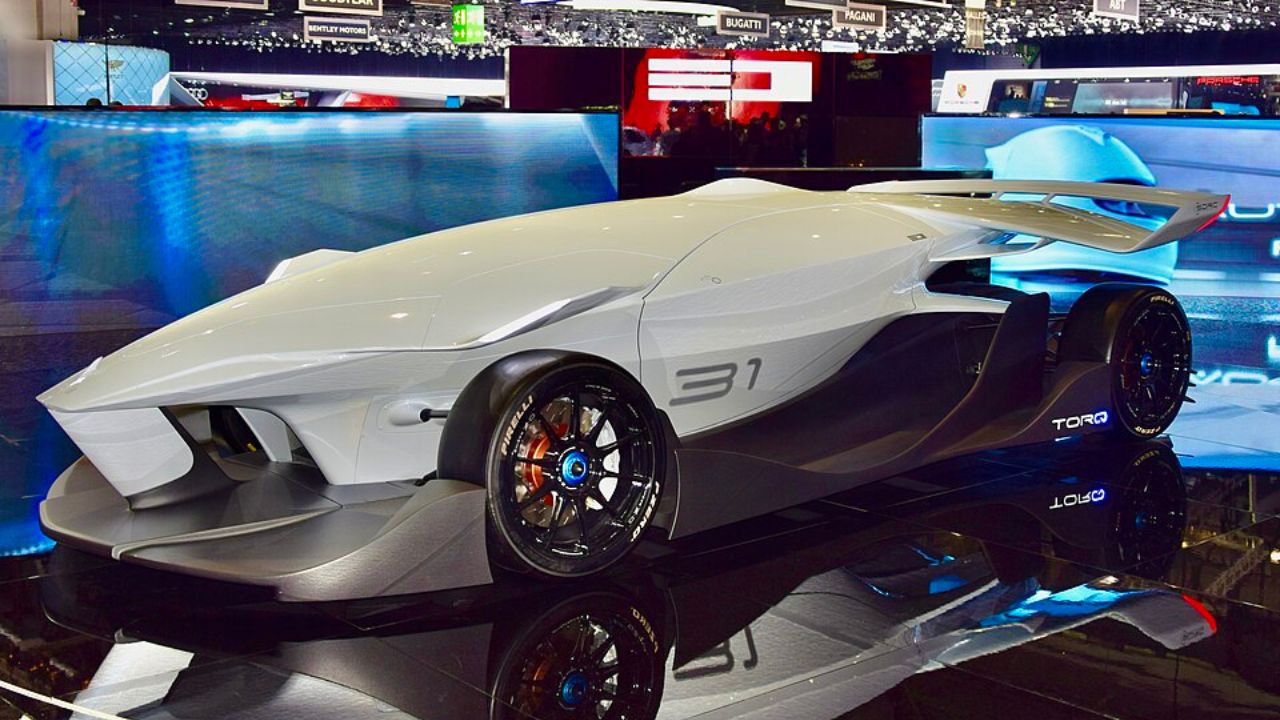
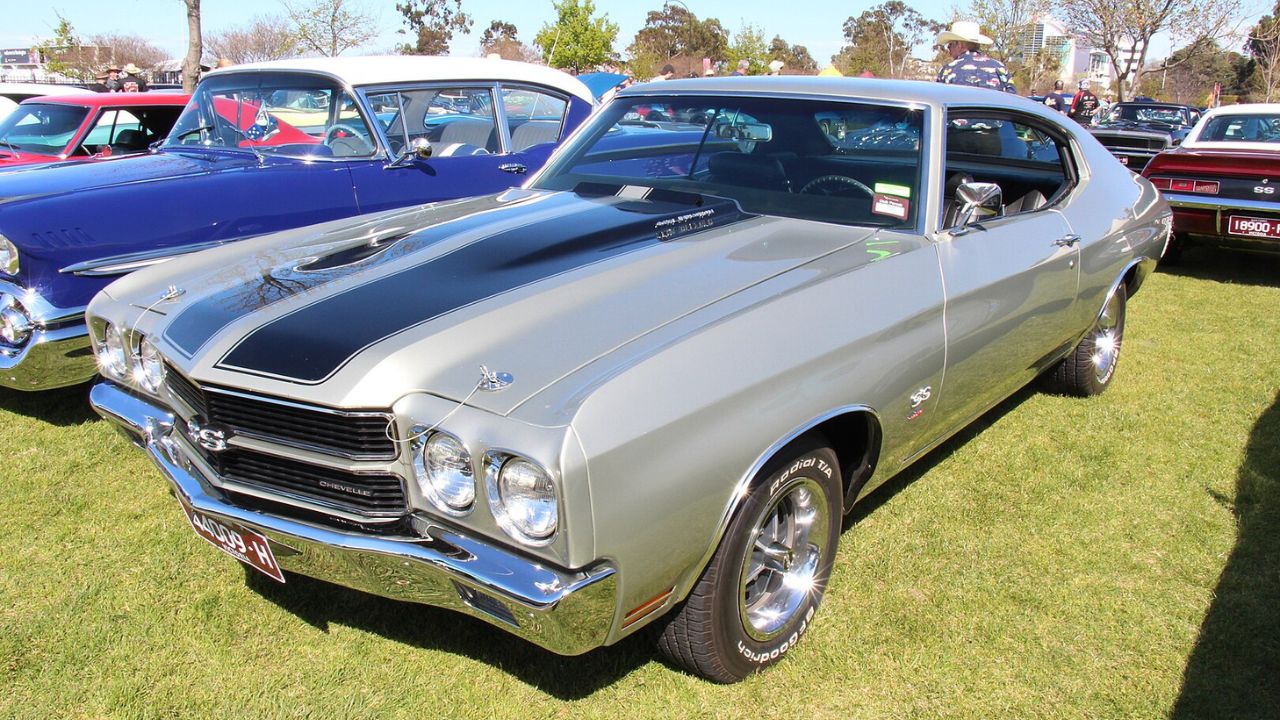

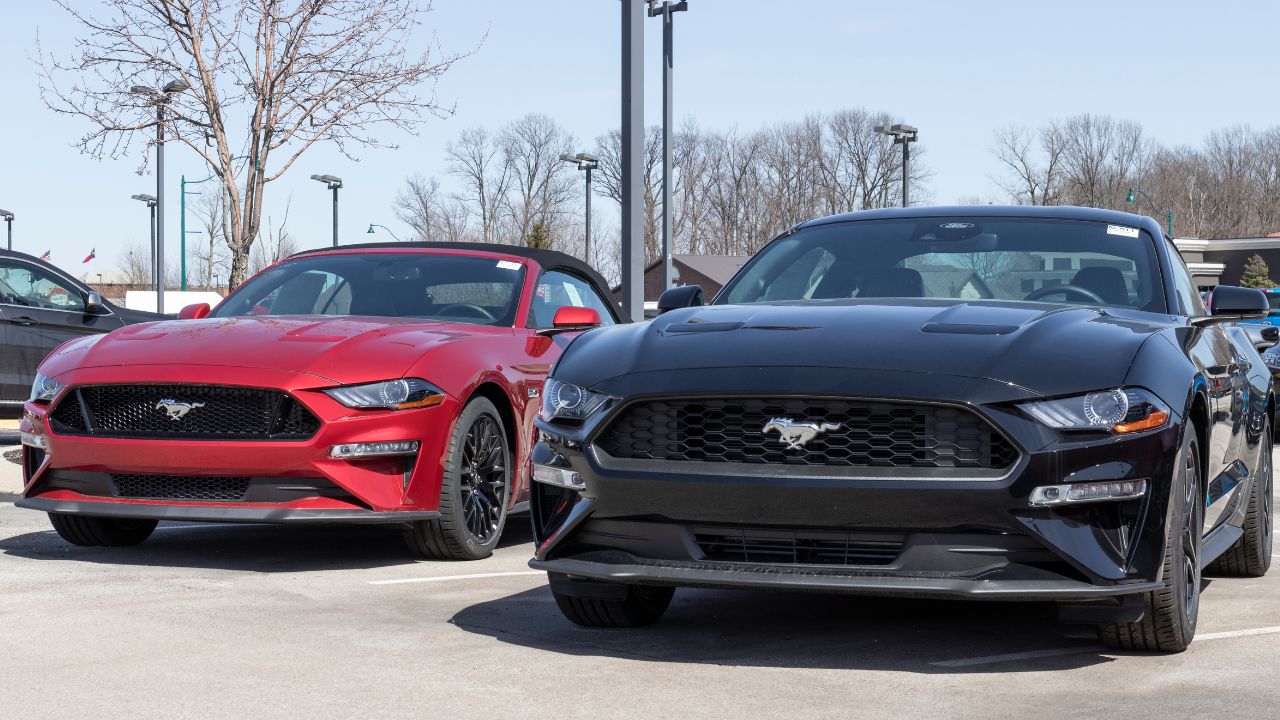


Leave a Reply